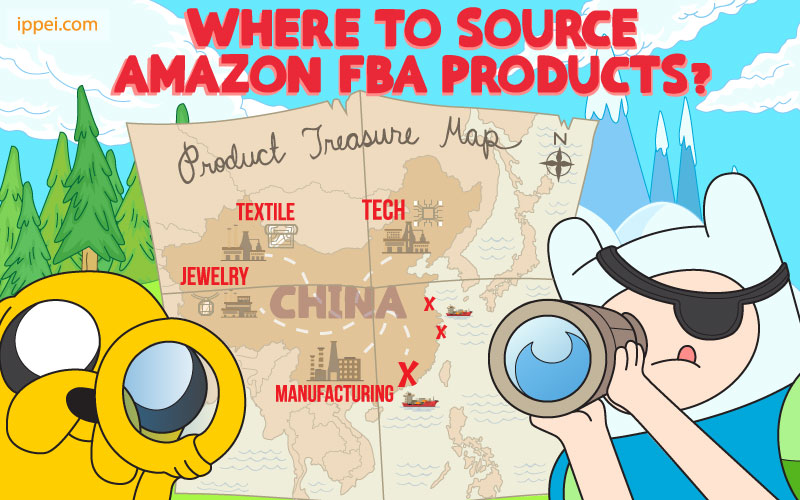
According to JungleScout, the majority 69% of third party sellers on Amazon start their business with $5,000 or less. Although there are many costs to consider when starting an Amazon business, product sourcing is usually the most expensive.
There are many sourcing methods Amazon sellers can use to supply their business with inventory, and we touch on a few of the most common below. However, as 89% of third party sellers sell through the Amazon FBA program, the primary focus of this guide is on Amazon FBA product sourcing.
Are you ready to learn the methods successful Amazon FBA sellers use to source products that scale their businesses to unimaginable levels?
What is Amazon Product Sourcing?
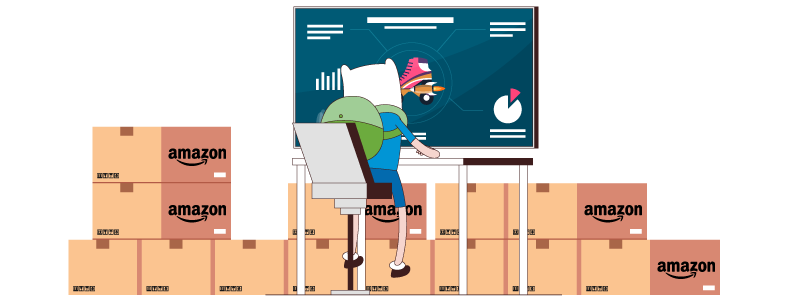
Amazon product sourcing is identifying a profitable product opportunity and finding a third party that can supply you the product to sell on the Amazon Marketplace. Before you can know what is the best source for your products, you need to do product research. Finding the right product opportunity is key. However, tracking down a product opportunity and finding a supplier for your product depends on what product sourcing method you’re using.
Common Amazon Product Sourcing Methods
Private Label
Private label is creating your own branded product to sell on Amazon. It includes your logo and unique design to differentiate yourself from other sellers with similar products. A private label product is sourced from manufacturers who label and package the product according to your brand requirements. JungleScout’s 2021 Amazon Seller Survey found that 67% of Amazon sellers use this sourcing method.
Wholesaling
Amazon Wholesaling is buying a generic or other brand’s product in bulk for a discounted per unit cost and reselling for a fair market price on Amazon. Even though you buy at a discount, you still have to factor in expenses like shipping to Amazon’s warehouse, Amazon storage and fulfillment costs and advertising costs. Therefore, do comprehensive product research and planning before investing a large sum of your cash into wholesale products. Wholesale products come from distributors of branded products and B2B manufacturers.
Retail Arbitrage
Retail arbitrage is taking advantage of the price difference between the retail and Amazon Marketplace price of a product. Product research here involves focusing specifically on product discounts that result in a temporary income. When selling retail arbitrage on Amazon, products are sourced from retailers, both in store and online.
Dropshipping
Amazon Dropshipping is more of a hands off business model where you outsource both production and order fulfillment to a supplier. Dropshippers don’t participate in Amazon FBA because they don’t stock inventory for Amazon to fulfill. Instead, they wait until their product is sold on Amazon and forward the order to the supplier to fulfill. Products for dropshipping can be found through online supplier marketplaces like AliExpress that ship to consumers.
As this guide is for Amazon FBA sellers, the methods below apply for private label and wholesaling.
Finding Profitable Products With Amazon Product Research
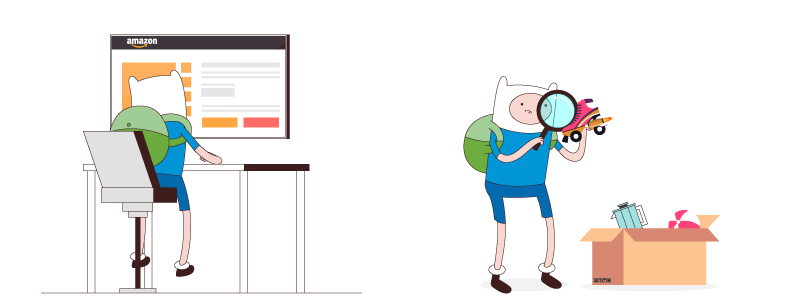
Finding high profit products starts with doing some research on the Amazon Marketplace.
Amazon FBA product research is a comprehensive process of searching for a selling opportunity on Amazon. You look for products that meet certain criteria that show there is potential to grab market share by entering with a version of that given product.
The process starts with utilizing an Amazon product research tool, like ViralLaunch, to help you scan through Amazon to find potential opportunities.
Once you have the list of potential products in front of you, you look for an opportunity to enter the market by analyzing:
- demand for the product
- how saturated the market is
- if there is an opportunity for you to improve the market
When you have found a product that appears to be a solid market opportunity, you need to determine from which supplier you can source your product profitably.
Understanding Types of Amazon Suppliers
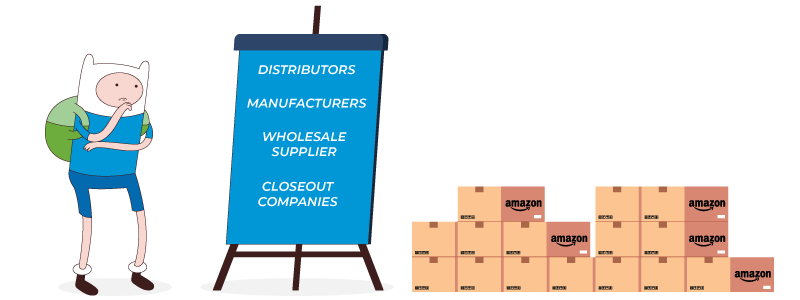
Supplier is somewhat of a loose term in the E-commerce world, as it could mean any entity that supplies products. There are actually four types of suppliers you can source your products from when selling on Amazon FBA, including:
Distributors
Manufacturers
Wholesale Supplier
Closeout Companies
Distributors
Distributors are third-parties that purchase large quantities of products directly from brands and then resell them for a profit. For example, a distributor of Nike products works directly with Nike’s manufacturer to obtain their inventory, which is then sold to sellers. Although the product cost won’t be as low as sourcing products directly from a manufacturer, distributors allow access to high-quality, branded products at a quantity you can afford.
Manufacturers
Manufacturers own the production line for their products and therefore are the direct source, so products can be obtained at the lowest possible cost. Because manufacturers usually only work with sellers who can purchase a large quantity of inventory, it can be difficult for smaller sellers to win a contract. If you want to create your own product, manufacturers can help bring your product idea to life and enable you to sell a product that is unique.
Wholesale Supplier
Wholesalers source products from manufacturers and distributors and resell them at a higher per unit rate to make a profit. Therefore, wholesalers are one of the most inefficient sources of inventory because their stock is likely to come at the highest price. Many Amazon FBA sellers use the wholesale business model to sell on the platform.
Closeout Companies
Closeout companies are suppliers that will purchase remaining stock at major discounts from manufacturers and distributors who are trying to get rid of lingering stock and resell to sellers for a profit. Usually, closeout companies can offer products at excellent prices because they are able to obtain the products for dirt cheap in exchange for taking on the inventory quickly. However, the stock of closeout companies is usually limited because they are items that are the leftover items that were not sold previously.
The Best Way to Find Suppliers for Amazon
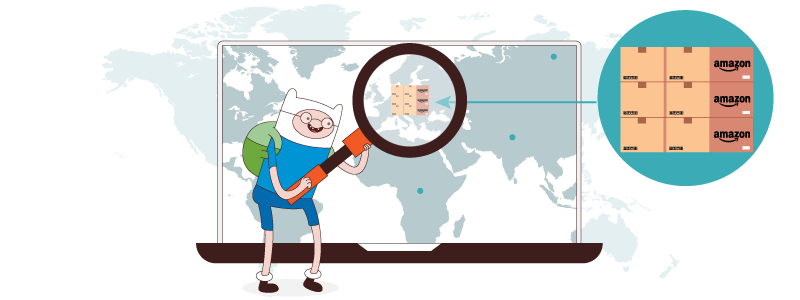
The easiest way to find suppliers for Amazon is to use a b2b marketplace. A b2b marketplace offers a directory of suppliers that you can use to search for a specific product to generate a list of companies who can provide that product. B2b marketplaces make it easy to compare sourcing options. You can quickly analyze products, product reviews, pricing, minimum order quantities (MOQ), etc.
It’s always good to compare your options when it comes to finding a supplier for your Amazon FBA business. Research and reach out to various suppliers to find the option that is best for your business.
For example, it’s commonly assumed that China is the only affordable option for sourcing products. However, maybe after comparing MOQ requirements and shipping costs, you find that sourcing products closer to home is actually the better option.
Here is a list comparing some of the most popular b2b marketplaces.
Marketplace Name | Source Country | Best for | Transaction Protection |
|---|---|---|---|
Alibaba | China | Everything | Yes |
DHgate | China | Cheap and replicated products | No |
Global Sources | Hong Kong | High-quality electronics, mobile accessories, fashion | No |
ThomasNet | USA | US & Canadian custom manufacturing | No |
TradeIndia | India | Textiles, clothing | No |
Although there are many practical options for product sourcing, Alibaba is likely the most common for Amazon sellers. It offers cheap products from quality manufacturers and trade assurance, which guarantees your order or refund. Therefore, we use Alibaba to show a supplier search example below.
How to Find the Right Supplier on Alibaba
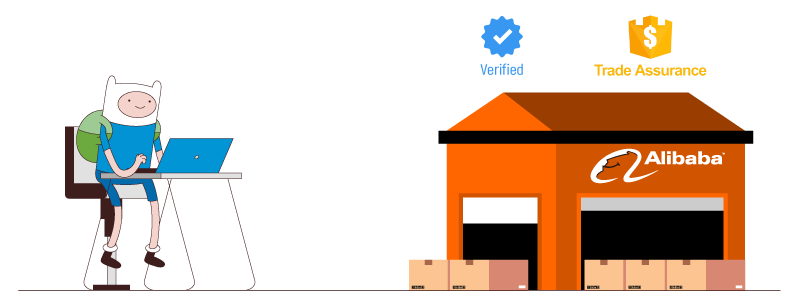
Step One - Initial Vetting of Suppliers
Start your Alibaba search by setting the search to “Suppliers” instead of “Products”. Searching by products allows a manufacturer to appear multiple times if they sell multiple variations of the product. Therefore, searching by suppliers makes your search more efficient because you only analyze each manufacturer one time.

Use your product’s keyword in the search bar and start your search. Then select both “Trade Assurance” and “Verified Supplier” to only see suppliers that meet these qualifications.

Trade Assurance protects buyers by refunding you if the supplier does not meet the agreed upon shipping time or product quality does not meet the standard outline in the contract.
Verified Supplier means the supplier has been inspected and verified as operating to standards by a third party to designate that entity as a reliable supplier.
Finally, scroll through the list and favorite manufacturers that seem likely to meet your criteria for price and have favorable attributes for partnership, including:
Step 2 - Narrow Down Options by Contacting Suppliers
With a sufficient list of suppliers to choose from, head to your list of favorites and begin contacting each supplier. You should send the supplier a professional-looking Request for Quotation (RFQ) to show you are a legit business (even if you feel like you’re not). The RFQ should include the information you need to help you decide if the supplier would be a suitable partner for your company. Make sure to request:
Then, request that they respond to you by email because communication on Alibaba can be slow. It’s even better if you have a more instant means of communication to exchange with them like WeChat or Skype to get questions answered more quickly. Record all suppliers and answers for easy comparison. Choose a few manufacturers that have communicated well during the process and whose pricing and other answers meet your requirements.
Step 3 - Samples
Next, reach out to those suppliers requesting product samples. The product samples should include all product variations (if applicable) like sizes and colors, and also the product packaging.
Step 4 - Negotiate
Once you compare the samples and decide which manufacturer provides the best package, it’s time to negotiate on the price. You don’t want to push too hard to lower the price on the initial order because you want to develop a good relationship for the future. However, what you can do is get quotes from all the suppliers. If another supplier is offering a lower price than your preferred option, show that supplier the quote and see if they are willing to lower the price in line with the other supplier.
Step 5 - Place the Order
If you want to enjoy the benefits of Alibaba’s Trade Assurance, you will need to pay directly through the platform. The initial payment for the order is a 30% down payment to start production. Payment options are flexible and include:
VERY IMPORTANT: Once production is complete, it’s best practice to hire an inspection service from within China to visit the factory and test the products have been manufactured to the agreed-upon standards. They will ensure:
There is always going to be some degree of product defect when manufacturing on a large scale. According to Investopia, acceptable defect rates are:
0% for critical defects, which could harm the customer
2.5% for major defects, which are not likely accepted by the customer
4% for minor defects, which some customers will accept
If the inspection service provides the green light after they visit the manufacturer, pay the remaining 70% to release the products for shipping.
Getting Your Products from the Supplier to Amazon's Warehouse

Who Ships Your Products to Amazon?
You can either work with your manufacturer or hire a freight forwarder like Freightos to have your products shipped. Even if your manufacturer agrees to handle shipping for you, compare quotes to make sure it’s a fair deal.
VERY IMPORTANT: Make sure you are quoted as DDP, or delivered with duties paid! This avoids pricing surprises and the possibility of your products being held up in customs until you pay the duties.
What are the Shipping Options?
The fastest way to receive your Amazon products and start selling is with air freight. However, air freight is extremely expensive, which is why shipping by sea is the most common method. Sea freight from China to the USA takes approximately one month. Although sea freight allows you the best profit margin, air freight can be useful for receiving product samples quickly.
Creating the Shipping Plan on Amazon Seller Central
To have your products shipped to the Amazon fulfillment center, you need to create a shipping plan and provide the proper labels to your manufacturer or freight forwarder.
Assuming you have already created your product listing, head to Amazon Seller Central and “Manage Inventory”. Make sure your shipping template is set for Amazon FBA.
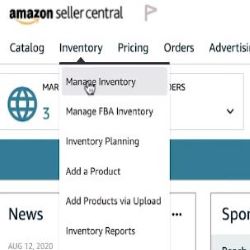
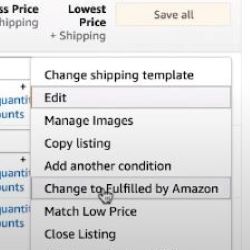
Next, you will choose which type of barcode you are using for your product. It’s best to use an Amazon barcode, also known as a FNSKU. Although you likely have a UPC barcode for your product already, using an FNSKU makes it easier for Amazon to track and assign products to specific sellers because there can be only one FNSKU. If you stick with the Manufacturer (UPC) barcode and someone else is selling the same product as you, Amazon could mix up your items in the fulfillment center.

Continue through the form until send/replenish inventory. Here you will tell Amazon where you are shipping the product from and how the products will be packaged.
The two options for product packing type are:
- Individual products: If you are packing multiple products (different FNSKUs) into a single box. Usually for retail arbitrage or products with different variations.
- Case-packed products: If you only have a single product (one FNSKU). Usually for wholesaling or private label.
Then continue to the shipping plan where you let Amazon know exactly how many products you are planning to ship to them. Amazon can have fluctuating rules for storage limits, so it’s best to check Amazon FBA inventory storage limit rules. For example, new sellers were limited to 200 units at times during the pandemic and were forced to use a third-party logistics (3PL) provider for storage and shipping assistance for items over that quantity.
In the next section, Amazon will ask about prepping your product like bubble wrapping or styrofoam. However, Amazon fees are expensive, so it’s best to have the manufacturer handle any prepping of your product for you.
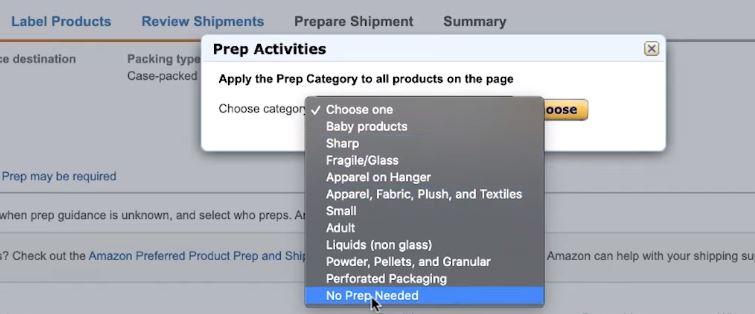
Amazon also offers to add your FNSKU labels to your products, for around $.0.20 per unit. Instead, have the manufacturer print the FNSKU directly onto the box or apply with a sticker to save money. To do this, select “Merchant” preps and print the labels to receive a PDF that can be sent to the manufacturer.

When confirming your shipping plan, Amazon will provide you with a fulfillment center code that you can send to the manufacturer or freight forwarder to get an accurate shipping cost.
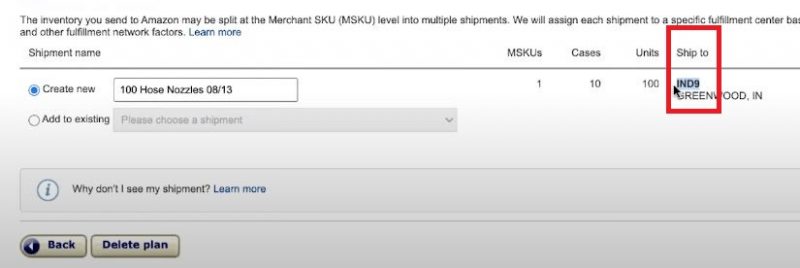
You also need to ask them if they will be using pallets to ship your order to Amazon to complete the “Shipping service” section here. If the order is large enough that pallets are needed, choose the “less than truckload” option.

Next, let Amazon know how your items will get to the Amazon fulfillment center. For FBA sellers who receive their inventory for inspection first at home, Amazon has a partnership to provide sellers a discount with UPS. If going with UPS, prepay now and Amazon provides the shipping labels to attach to your boxes.
If sending the items directly from the Chinese supplier to the Amazon warehouse, you can either work with your freight forwarder to provide door-to-door service or use a delivery service like DHL to bring the products from the port of arrival to Amazon’s warehouse.
Make sure your boxes are under 50lbs and no larger than 25x25x25in, or Amazon will fine you for sending in oversized boxes.

With your shipping plan complete and labels ready, your products can get on their way.
Conclusion
By following the steps laid out in this guide, you will have products stocked in the Amazon warehouse and ready to be sold in no time!
However, if this all seems too time intensive for your schedule, you can use a sourcing service to complete most of this process for you.
With a sourcing service, you are assigned a sourcing agent to handle identifying a manufacturer to supply your product, including all communication with the manufacturer on your behalf.
Even if you are doing most of this yourself, sometimes a sourcing agent can be useful if you’re working with a foreign supplier to ensure communication is clear.
Whether you handle product sourcing yourself or hire out these responsibilities, the key to success when getting started with Amazon FBA is taking the time to learn the process.
Amazon FBA takes time to master. Other online businesses can be faster, but if you love selling physical products, then getting great at sourcing will be key.


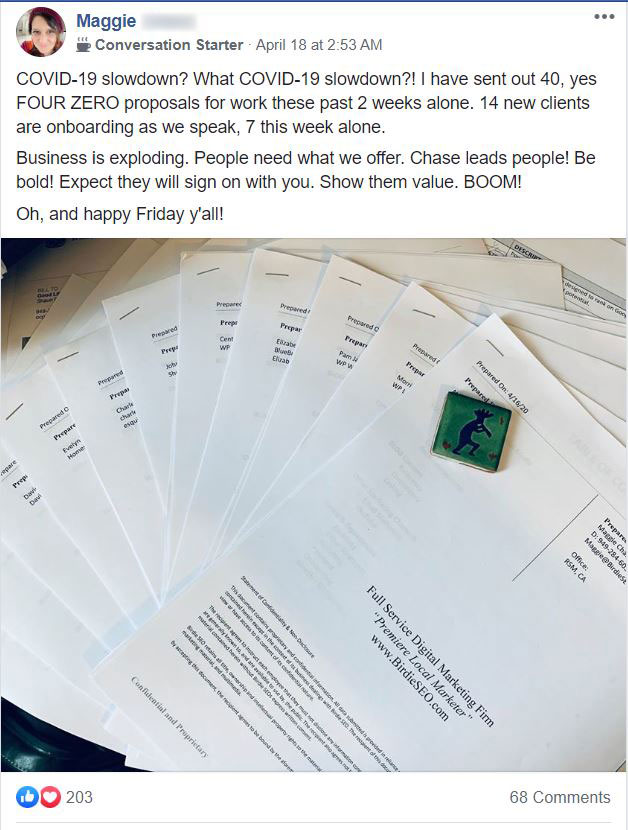
Great tutorial. I've bought from Alibaba before, and it didn't go as smooth as i would have liked it to be. It took me 2 months for the product to arrive to me, and when i went to sell it on ebay… i found an American supplier of the SAME product at the same price. The shipping price from China is what killed me.
Hi Randall-I hear you. It’s getting a lot harder to ship products from China for sure. Your best bet is to try and find a reliable US supplier-just make sure your numbers make sense. That’s why lead generation is my number one recommendation. If you ever want any info or have questions about our program you should schedule a call. You can book with this link if you’re interested: https://ippei.com/best